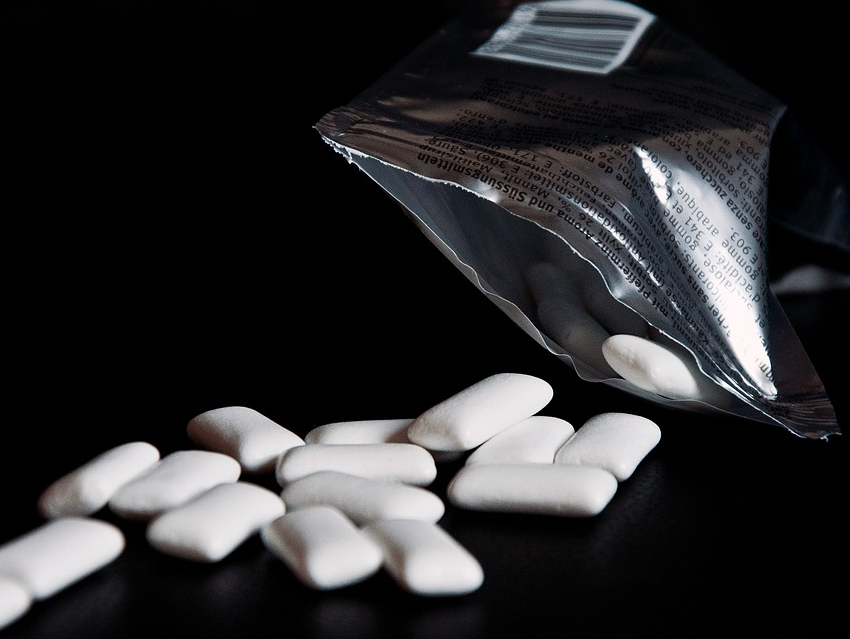The start-up 3a-diagnostics GmbH has developed a chewing gum for diagnostic support in medical practices or at home. The sensor of this system is the patient’s tongue: If bacteria are present, for example, due to tonsillitis, a bitter taste develops when chewing the gum.
The chewing gum serves as a carrier substance, in which a soluble thin film with a specific peptide chain of amino acids and a bitter substance are incorporated. The peptide chain wraps this bitter substance, making the molecule so large that it has no taste because the tongue can only detect very small molecules.
If disease-specific enzymes of a bacterial inflammation are present in the saliva, they separate the peptide chain from the bitter substance so that it can be tasted. If no bacteria are present, the taste remains neutral. Each pathogen has a different peptide chain that cleaves the specific enzyme. This means that different chewing gums with a different peptide chain have to be developed for different diseases.
The launch of the chewing gums for the diagnosis of peri-implantitis, i.e., inflammation caused by dental implants, is planned for 2021 in Germany. Gums to detect periodontitis will follow shortly thereafter, as well as one to detect Streptococcus pyogenes, a frequently occurring bacterium that can cause purulent tonsillitis, i.e., tonsillitis in humans.
According to the researchers, the product will mainly be used as a supplement to existing tests, as pre-screening or low-threshold monitoring. For example, a patient could use the chewing gum after a dental implant has been placed to detect infections at a very early stage. The product will be available without a prescription in pharmacies.
- 3a-diagnostics GmbH, Frickenhausen, Germany,




